Article
Axel Munthe's House on the Hill
Author(s):
On Capri, at the top of the island, is the house Dr. Axel Munthe restored and wrote to great acclaim. The villa is a piece of history, both Munthe's and further back to Emperor Tiberius in the first century.
Photography by the authors
All roads lead to Rome, they say, but we’re not in Rome. This is not the Via Appia! Yet clearly the roads lead somewhere on this island: the little passage crowning the top of Capri is pulsating with people, with noise, with excitement.
The signs start to give us the specific directions. Turn left here for the Villa San Michele! This way to the museum, the former home of Dr. Axel Munthe!
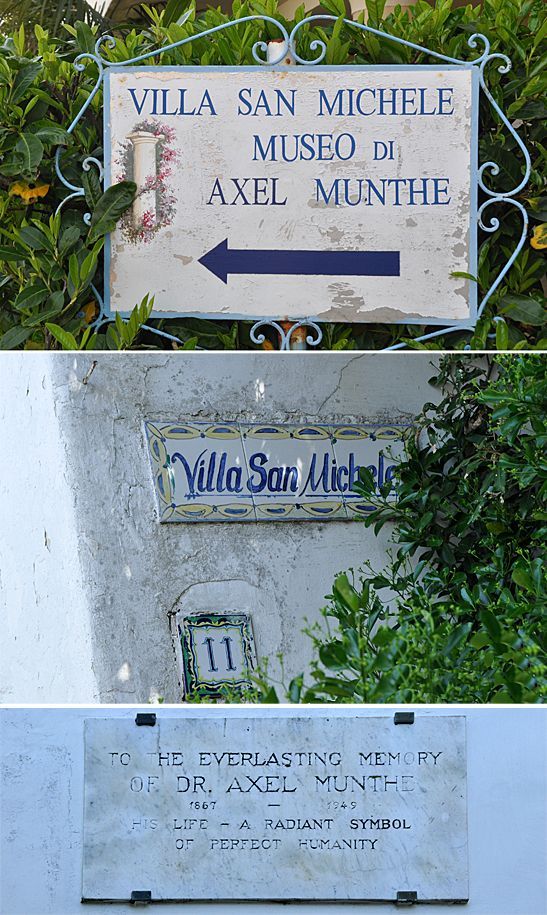
Today’s young health professionals may be forgiven for asking “Who?” but in 1929, when Munthe finally found a publisher for his story about how a ruined villa and its restoration had dominated his life, he became an overnight wonder. The book he wrote about this villa he discovered high on Anacapri (once belonging to Emperor Tiberius), went through 92 printings in its first three years.
Munthe’s appealed to those who had taken the Great Tour of Europe in the early 20th century; to armchair travelers, who yearned to visit Italy to savor its Renaissance charms; and to European medical students in the 1950s, for who the book gave a fascinating glimpse of the pre-antibiotic age when medical practice was so different.
There was competition for the students’ attention. Morton Thompson’s allowed a peek at The United States and Andre Soubiran’s The Doctors described Paris. Munthe covered Paris, too, in a different style. He was Swedish but went to medical school in Paris and became the youngest person ever to graduate with a medical degree from France. His book is available online here as a free PDF at the Internet Archive.

Munthe worked under Charcot and Pasteur, treated the wealthy hypochondriacs and narcissistic aristocracy of Europe — but also the prostitutes and poor people of FIRST Paris and later Rome. He took off for earthquakes and volcanic eruptions in Messina and cholera epidemics in Naples and still treated the Queen of Sweden and the son of the Tsar of Russia as an upper crust society doctor. He led, shall we say, a full life.
He found one of the 12 villas that Tiberius, who ruled from A.D. 14 to A.D. 37, had built on this Roman emperor’s island refuge of Capri, bought the ruin as a young man then spent five summers working with a neighbor and his sons, digging the land, discovering artifacts and rebuilding the villa’s walls — until it was a showcase and the envy of many of his visitors.
Apparently, J.P. Morgan offered him “millions for his artifacts” but he turned him down with the deprecating comment they were replicas.
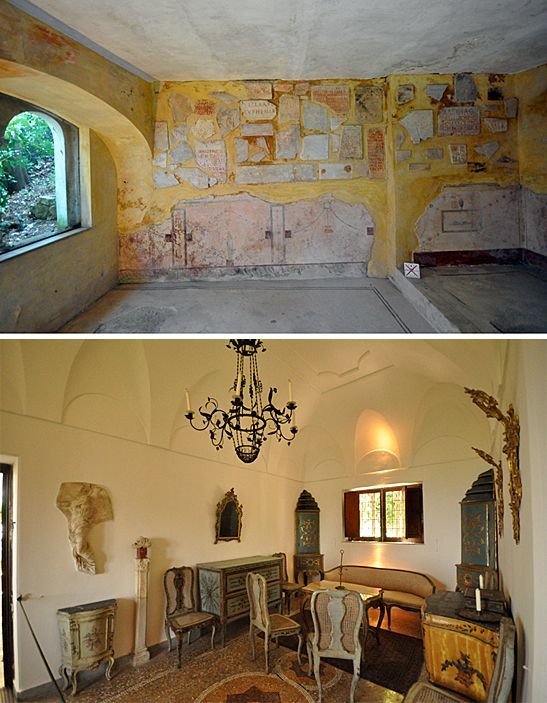
The chamber he dug out from the garden has some of the 2,000-year-old pottery remnants he found in the earth and placed by him on its walls. It contrasts with the furnishings he collected over his lifetime, the rooms in the villa further contrasting with those stark ones chosen to display his life story.
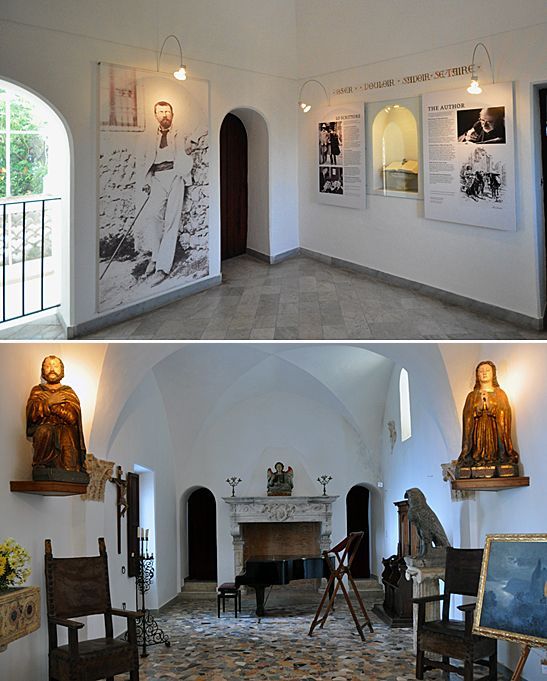
For those doctors who have read his book the charm perhaps is to wander the loggia and take pleasure in its panoramic view of Mt. Vesuvius and the Capri Marina in the distance, and enjoy the possessions he describes so movingly in his book. We have, ourselves, the benefit of Ms. Cornelia Lowert, whom we stole to be our guide from the gift shop. Someone has recalled Lord Byron’s poetry in this special place as “Thou art the garden of the world, the home Of all Art yields, and Nature can decree…”
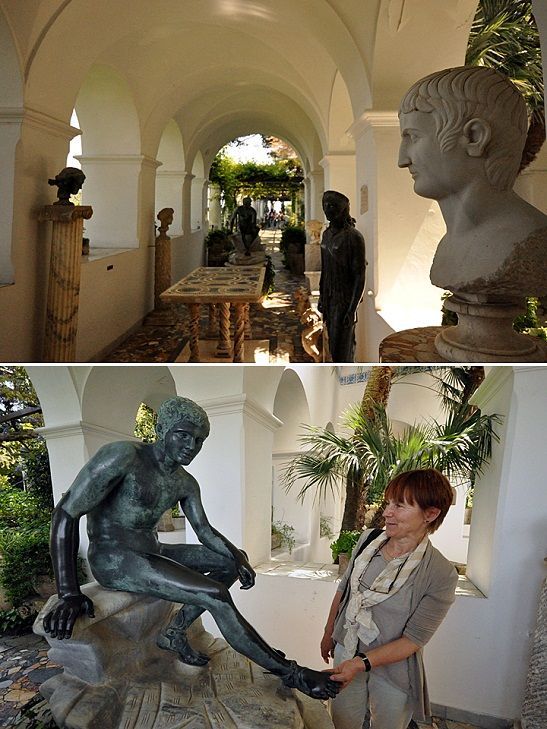
The possession that apparently gave Munthe the most pleasure was the sphinx that has been surveying the world from the ledge of his patio for about a century. It adds a timeless quality to the villa and, for those who have read the book, a connection to an author whose story is as much concealed as it is revealed to his readers.

Nowhere in his book does he talk about his service as an ambulance driver in World War I or about his two wives — the first a Swedish artist then an English aristocrat — or his children from his second wife, one of whom (Malcolm) served with the Special Operations Services behind enemy lines in Scandinavia. Malcolm was awarded the Military Cross but seriously wounded.
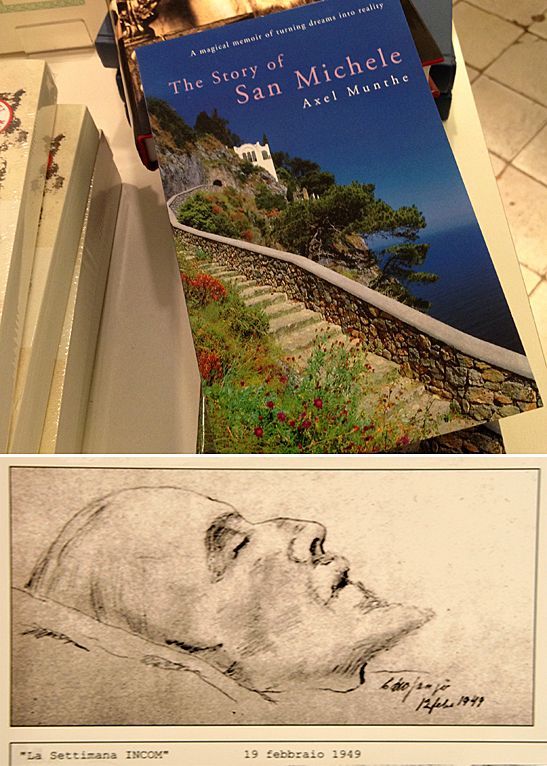
Nor does Axel Munthe mention the details of the women who, according to other writers, passed through his life, not even the eccentric Marchesa Casati, who showed up unannounced and took up residence at the villa for months at a time when he was elsewhere. This is the same extravagant countess who used to march her two leopards (with their diamond collars) up the Champs Elysees in Paris, and surely he would have had something to say about her.
But that’s all in the past. Munthe died in 1949 after having lived an extraordinary life, one you might find time for in his extraordinary book.
The Man Who Cried Orange: Stories from a Doctor's Life.
The Andersons, who live in San Diego, are the resident travel & cruise columnists for Physician's Money Digest. Nancy is a former nursing educator, Eric a retired MD. The one-time president of the NH Academy of Family Practice, Eric is the only physician in the Society of American Travel Writers. He has also written five books, the last called




